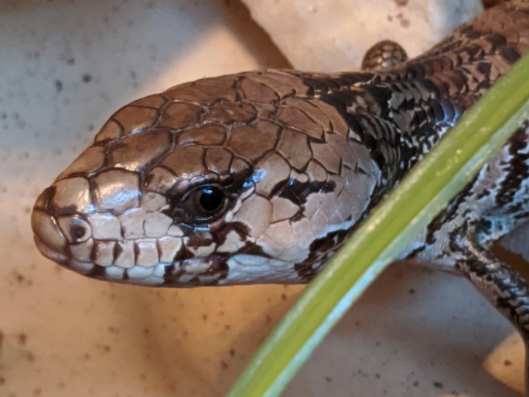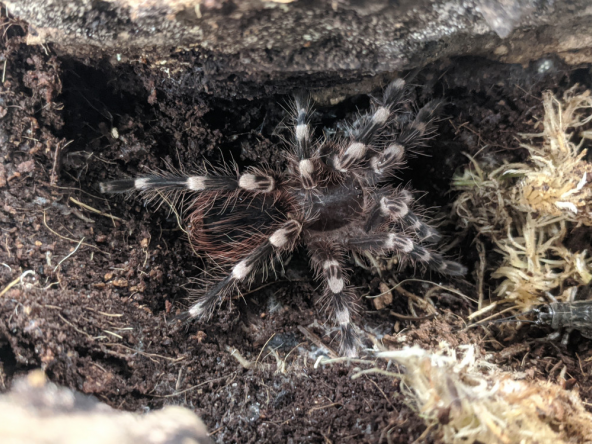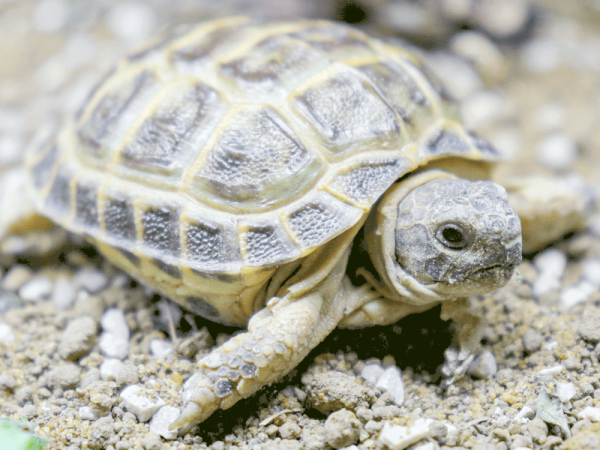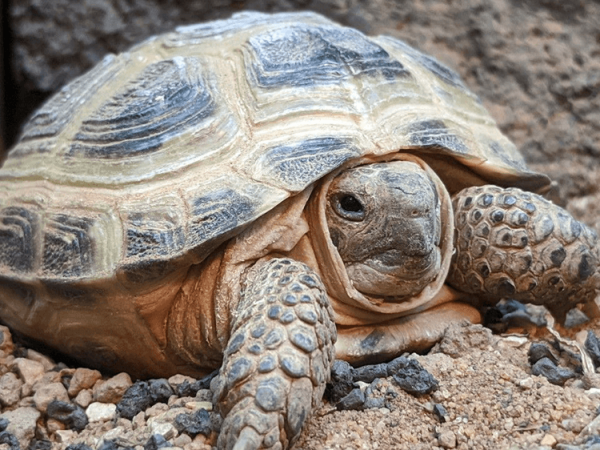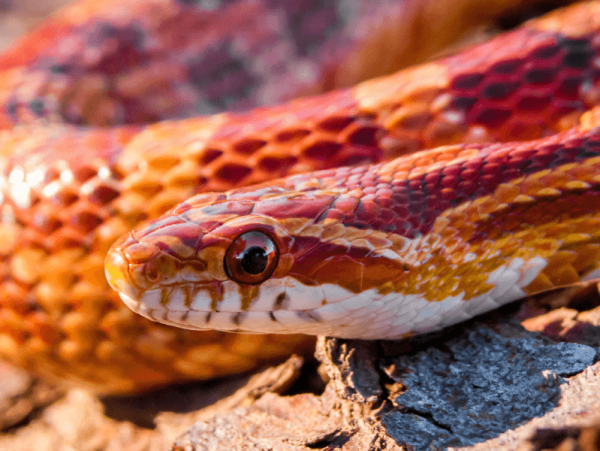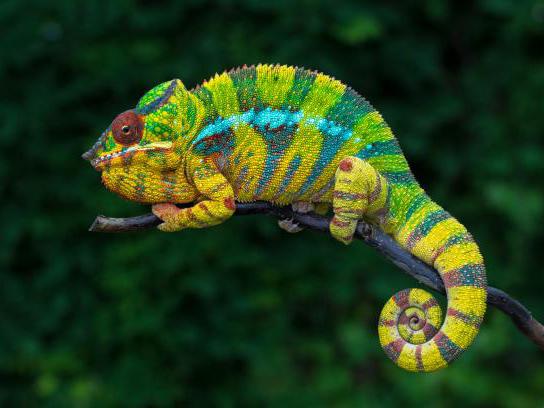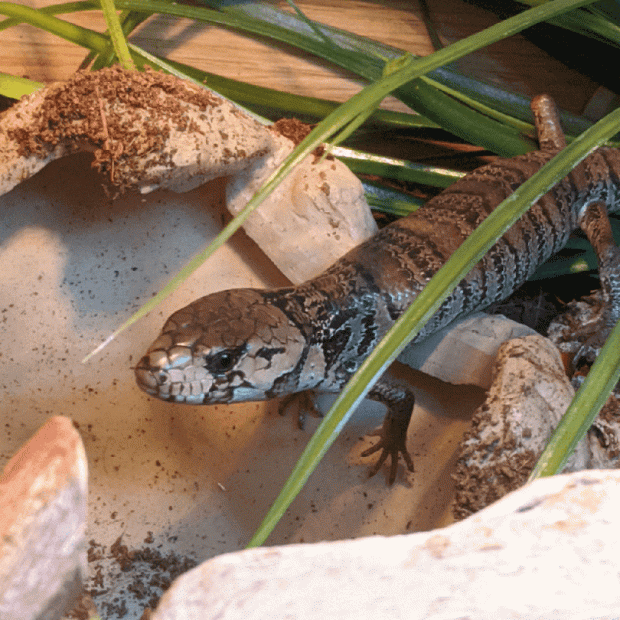Optional extras
Pink tongue skink, Cyclodomorphus gerrardii, care sheet
Categories: Care sheetsLizards
The Pink-tongued Skink is endemic to Australia where although they inhabit dry, arid grasslands, they spend most of their time in humid burrows.
The species gets its name from their pink tongue, similar to their cousins the Blue-tongued skinks. They are grey to brown in colour with dark grey or black crossbands. These bands are more pronounced in males and less so in females. Although they can be a little skittish when young, these skinks often tame easily and can be handled when older.
Housing
Pink-tongued skinks can be an excellent addition to any home, but they are a medium-sized lizard so need a minimum of a 4 x 2 x 2ft enclosure. They are highly intelligent so vivarium decor like branches, logs, rocks and foliage should be used, and changed around every now and then.
Heating and lighting
Your Pink-tongued Skink will require a basking temperature similar to most commonly kept reptiles. 33-35C should be the hottest area of the enclosure and this will require a good quality heating system such as a basking bulb or ceramic fixture and will need attaching to the relevant thermostat. Not all thermostats will reach such a high temperature so it’s important that you check this before purchase. A good example is Microclimate’s Evo Lite.
The cooler end of the enclosure can be between 20-25C and all temperatures can be reduced to 20C at night which will provide a nighttime drop like the one naturally experienced in the wild habitat. Temperatures should always be measured using an accurate digital thermometer.
It is also essential to provide good quality UVB to enable the Skink to absorb and utilise key nutrients. A good example of a bulb to use would be Arcadias 6% T5 unit (the strength of the bulb would depend on the height of the enclosure). Any UV bulb will also have a lifespan between 6 - 12 months (this will depend on brand), after which the UV will fade and no longer be benefiting the animal, so it is vital to change them. UV bulbs should be used in a 12-hour cycle, being switched off as the temperature drops into the night period.
Humidity
Pink-tongued skinks require a relatively high amount of humidity in their environment. With higher temperatures, this can be a struggle, but regular spraying should be sufficient to keep it within the desired range of 60-70%. Humidity can be measured with an accurate digital hygrometer. Spraying will also ensure that the substrate doesn't become too loose to dig and burrow in, an important behaviour for Pink-tongued skinks.
To create an appropriate environment use substrates that are soil-based or soil mixes such as Arcadia Earthmix or ProRep Bio Life Forest. Similar quality should be considered in any alternatives. A water dish should also be provided towards the cooler end of the vivarium, ensuring sufficient opportunity for hydration and bathing - this will need to be kept clean with a reptile safe disinfectant.
Diet
Pink Tongue Skinks live naturally on a diet of snails. This can easily be replicated in captivity as snails are readily available in the hobby.
Pink-tongued skink species profile
- Scientific name - Cyclodomorphus gerrardii
- Adult Expected Size - 12-15 inches
- Habitat - Arid grasslands in humid burrows of Australia. Terrestrial living.
- Required Enclosure Size - 4 x 2 x 2ft
- UV Lighting - 3 - 4 UVI (T5 6% - enclosure height dependent)
- Expected Lifespan - 15-20 years
- Temperature Gradient - 25 - 35C
- Humidity Levels - 60 - 70%
- Feeding - Insectivore- Feeds almost solely on snails
- Handling - Can be skittish when young but usually docile, easily tamed and easily handled.
Jeremy Gay is an author, lifelong fishkeeper, and exotic pet specialist. He's a former editor of Practical Fishkeeping Magazine, UK editor at Reefbuilders, a former pet store manager, and has collected wildlife in Sri Lanka and the Amazon. He's been on tv and radio, contributed to Koi Carp and Gardeners World magazines, been a product tester, a judge, and a product developer.




